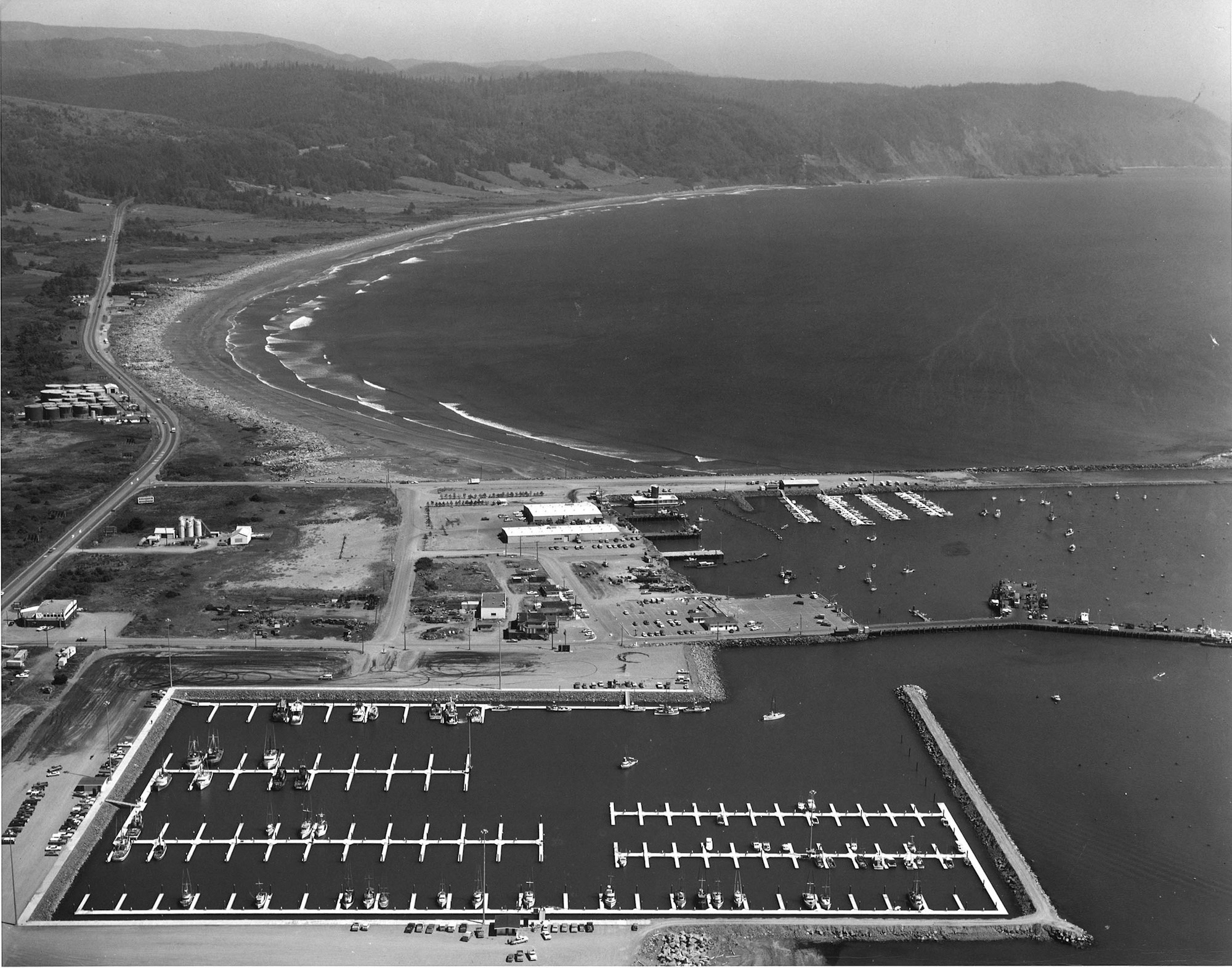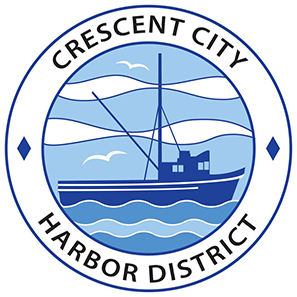History

Crescent City Harbor District Milestones
The Crescent City Harbor District traces its origins back to June 10, 1931, when California's Governor signed Chapter 704 of the statutes, permitting the formation of a Harbor District in Del Norte County. A petition signed by 63 registered voters catalyzed the formation process, leading to a special election on November 10, 1931, which saw overwhelming support with 1231 votes in favor.
With its establishment formalized on December 14, 1931, the Crescent City Harbor District became a pivotal county-wide special district empowered to implement taxes for funding harbor operations. Its boundaries were further expanded in 1963 through a significant land grant from the State of California, augmenting its area by approximately 4,050 acres.

Over the years, the district faced challenges, including the destruction of the Inner Boat Basin by tsunamis in 2006 and 2011. However, concerted efforts led to its reconstruction, engineered to withstand future tsunamis. The project, spearheaded by Stover Engineering and other consulting firms, cost over $34 million and incorporated advanced modeling techniques to ensure resilience.
The district's Inner Boat Basin, crucial for its thriving fishing industry, hosts around eighty commercial vessels specializing in Dungeness crab, rockfish, shrimp, and tuna. With new facilities such as ADA-compliant restrooms and fish cleaning stations, the district aims to attract more tenants and visiting vessels, bolstering its maritime ecosystem.
Citizens' Dock stands as a testament to community resilience, having been rebuilt by local efforts twice following tsunami damage since its inception. Now, with grants totaling over $8 million secured, including a recent $927,000 grant from the California Coastal Conservancy, plans are underway for comprehensive revitalization efforts, including the replacement of Citizens' Dock and the seawall.
Embracing modernity while preserving its heritage, the Crescent City Harbor District embarks on a transformative journey to create a multifunctional harbor catering to commercial needs while offering recreational and educational opportunities for the wider public.
The Inner Boat Basin
The Inner Boat Basin at the Crescent City Harbor District was damaged by a 2006 tsunami, but was totally destroyed by the tsunami that struck the harbor on March 11, 2011. The damage from both events required three years to rebuild. (The word tsunami in Japanese translates literally as “harbor wave.”)
The new Inner Boat Basin was designed to resist a 50 year tsunami event. Stover Engineering, in association with Ben C. Gerwick, Inc., Kennedy/Jenks Consultants, and Treadwell and Rollo Geotechnical collaborated on the Crescent City Harbor District Inner Boat Basin Reconstruction.
In 2010, coastal engineers from Ben C. Gerwick, Inc., were tasked by Stover Engineering to determine hydrodynamic loads for the floating and fixed structures at the harbor. They studied past events, like the 2006 tsunami, which was initiated by a magnitude 8.3 sub-sea earthquake in the Kuril Islands. The earthquake generated a 6.8 foot wave that reached the marina and created a destructive combination of strong surge and currents exceeding 13.8 mph that caused significant damage to the harbor.
Gerwick’s engineers used the BOUSS-2D model, which is a comprehensive numerical model based on a time-domain solution of a particular form of the Boussinesq equations. These equations are capable of describing highly asymmetric waves in shallow water, wave-induced currents, wave setup close to the shoreline and wave-current interaction.
The accuracy of their modeling was proven when the March 2011 tsunami destroyed the harbor in the manner in which they had projected.
The new IBB was constructed at a cost of over $34 million.
Thirty inch diameter pipe piles replaced the 12 to 16 inch diameter piles destroyed by the tsunami.
The massive new piles were driven from 21 to 37 feet to imbed them in the harbor bedrock. The depth depended upon the location of the pile relative to the tsunami currents – lateral load – and the strength of the rock. The piles were designed to have a lateral load capacity at least 25% greater than the designed tsunami load to preclude failure of the piles and the necessity to replace piles into bedrock.
The prior piles were drilled 5 feet into the bedrock and impact driven an additional 5 feet after that.
The new piles have an inside closure plate at the top to create a dead air space within the pile. The piles are enclosed in a 34 inch outside diameter HDPE sleeve with a 1.6 inch wall thickness. The HDPE sleeves are intended to act as corrosion and abrasion protection.
Docks “A” through “G” were designed and manufactured by Bellingham Marine. The floating dock system is referred to as the Unibolt System. The fingers and headwalks have a concrete deck and concrete sides supported by Styrofoam trapped within the channel.
“H” dock is designed as a wave and current attenuator with many closely spaced piles to disrupt tsunami flow patterns within the harbor.

Prior to the tsunami, seafood landings in Crescent City were second only to San Francisco in Northern California. Currently there are around eighty commercial fishing vessels berthed at the marina. Dungeness crab, rockfish, and shrimp are major fisheries for the Crescent City fleet. Tuna are landed in Crescent City in the season when the schools venture closer to shore.
The Harbor District is trying to attract former tenants of the marina and would like to invite visiting vessels to try the improved facilities, which include new ADA compliant restrooms, showers, laundry facilities and enclosed fish cleaning stations. Englund Marine has a store at the harbor and three restaurants are located on harbor property.
The Harbor is only 8 miles from the Redwood National and State Parks where large groves of Coastal Redwoods still thrive.
